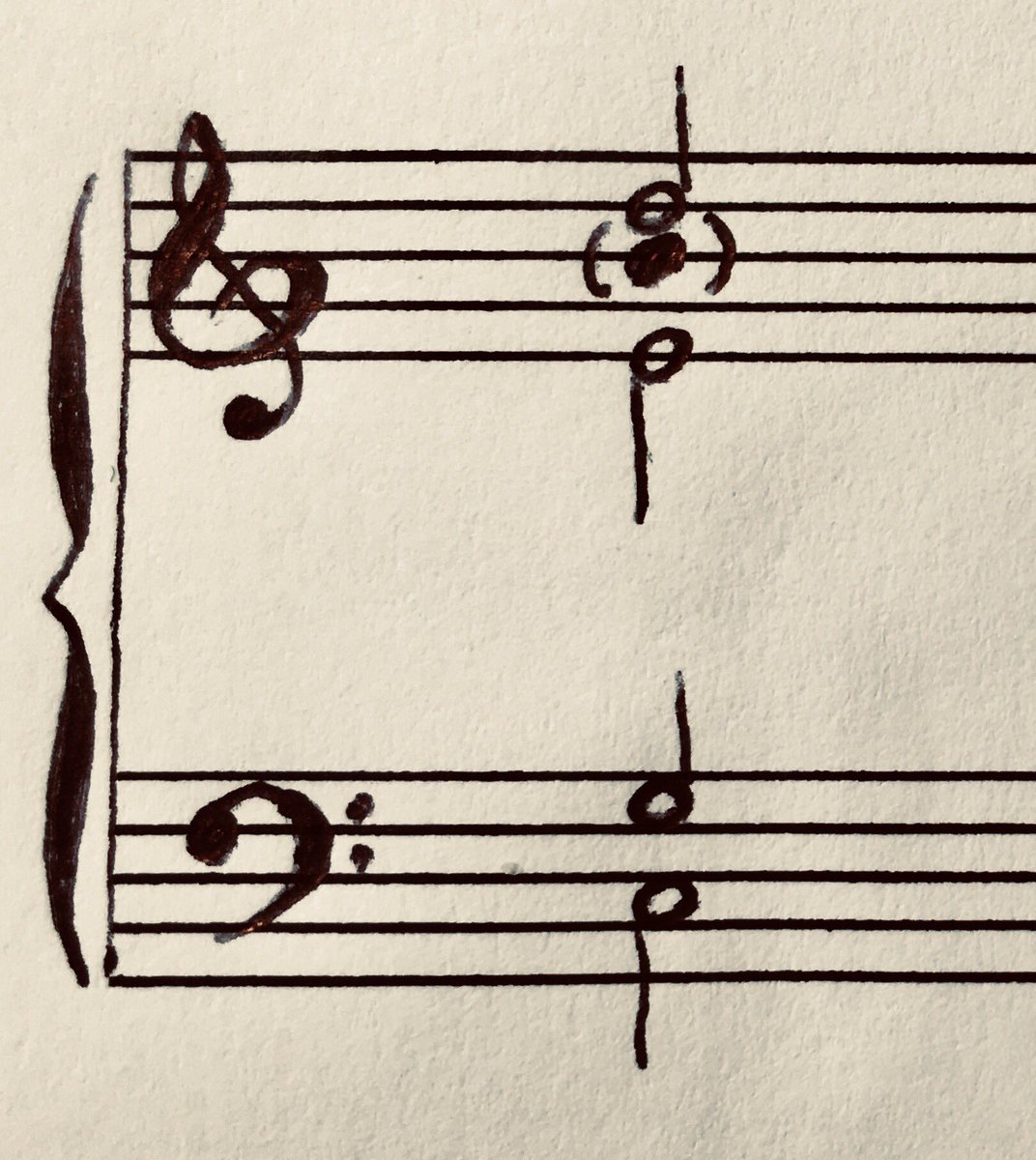This is the influence of notation on music, especially on HARMONY.
“There are no non-harmonic tones, for harmony means tones sounding together (Zusammenklang). Non-harmonic tones are merely those that the theorists could not fit into their system of harmony.”
Inviting @Wagner2_0 to laugh at my incredibly frivolous counterpart to the far more solemn and worthy #WednesdayWagner.
Anybody else with interest in theoretical matters, feel free to comment, share etc.
















